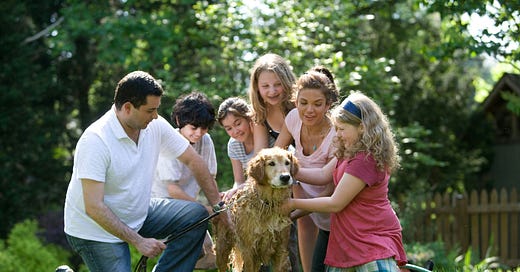10 BIG ways small families differ from large families.
Size matters big time when it comes to raising children.
One of the most significant yet underestimated changes in parenting in recent years is the trend toward raising smaller families.
The post-Second World War Baby boom saw family size peak in developed countries like Australia, with a birth rate of 3.1 in 1961. Significantly, the mean number of children for each family was four, dropping to three childre…




